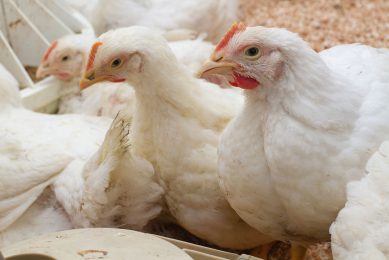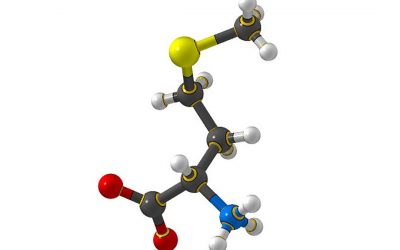EFSA releases scientific opinion on methionine
Following a request from the European Commission, the Panel on Additives and Products or Substances used in Animal Feed (FEEDAP) was asked to deliver a scientific opinion on a number of methionines and its analogues.
Methionine is an essential amino acid in all animal species. Methionine is clearly recognised as the first limiting amino acid in poultry, and probably also in high-yielding cows, and as the second or third limiting amino acid in pigs fed conventional diets.
The forms assessed for all animal species are:
- DL-methionine (DL-Met),
- DL-methionine sodium salt (DL-Met-Na),
- the hydroxy analogue of methionine (HMTBa) and
- the calcium salt of the methionine hydroxy analogue (HMTBa-Ca).
And for ruminants in specific:
- DL-methionine technically pure protected with copolymer vinylpyridine/styrene (DL-Met-cop);
- isopropyl ester of methionine hydroxy analogue (HMTB-i) in dairy cows; and
- DL-Met technically pure protected with ethylcellulose (DL-Met-ec) in ruminants.
Safety opinion
Supplementation of appropriate amounts of methionine and methionine analogues to meet requirements is safe for the target species.
The earliest signs of a critical overdose are reduced feed intake and weight gain. The level of supplementary methionine and its analogues that is toxic varies from species to species and depends on the basal diet and its content of sulphur-containing amino acids.
Methionine from DL-Met and its hydroxy analogue and their salts is incorporated in the protein of tissues and products, showing a constant amino acid pattern.
Consequently, the use of these additives will not result in an increased methionine content in tissues and products. Doses exceeding the requirement will be excreted.
Residues present in the animal tissues and products resulting from the extremely small quantities of free styrene and 2-vinylpyridine found in DL-Met-cop are very unlikely to raise concerns about consumer safety.
None of the products are considered to present a significant inhalation risk, but some are considered corrosive to skin and eyes and harmful if swallowed.
The use of these products as feed additives does not represent a risk to the environment.
Nutritional qualities
DL-Met and its sodium salt as well as HMTBa and its calcium salt are effective dietary sources of methionine for protein synthesis in monogastric animals (including fish).
The hydroxy analogues show a somewhat lower bioefficacy than the DL-methionine forms.
All of them can also be used in ruminants, particularly when they are administered in specially formulated additives or complementary feedingstuffs to protect them from degradation by the ruminal microbiota.
The coated and otherwise protected methionine forms, DL-Met-cop, HMTB-i and DL-Met-ec, escape ruminal degradation to a certain extent, the remainder being available for gastrointestinal absorption.
However, product identity of the DL-Met-cop used in studies with the product under application has not been demonstrated.
Because of concerns about target animal safety and maintenance of optimum performance, the FEEDAP panel strongly recommends that the use of all methionine forms under application in water for drinking is not authorised.
 Beheer
Beheer









 WP Admin
WP Admin  Bewerk bericht
Bewerk bericht